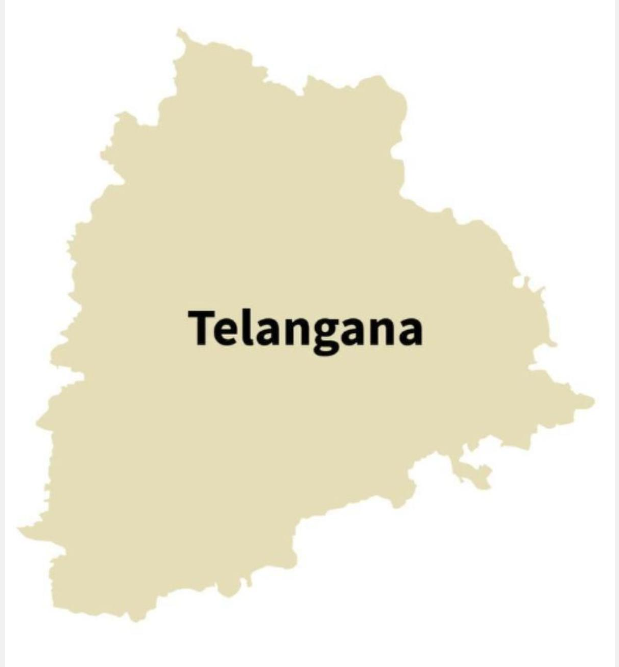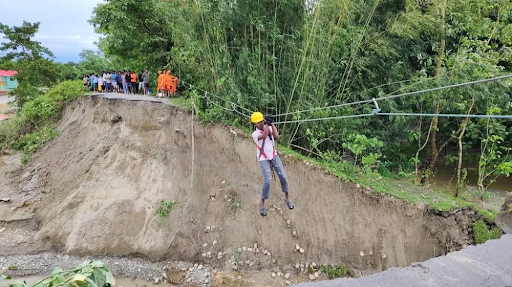



Context:
Concern:
Chopra committee report:
Impact of climate change:
Conclusion:
https://www.thehindu.com/todays-paper/tp-opinion/dams-and-damages/article33796956.ece









© 2025 iasgyan. All right reserved